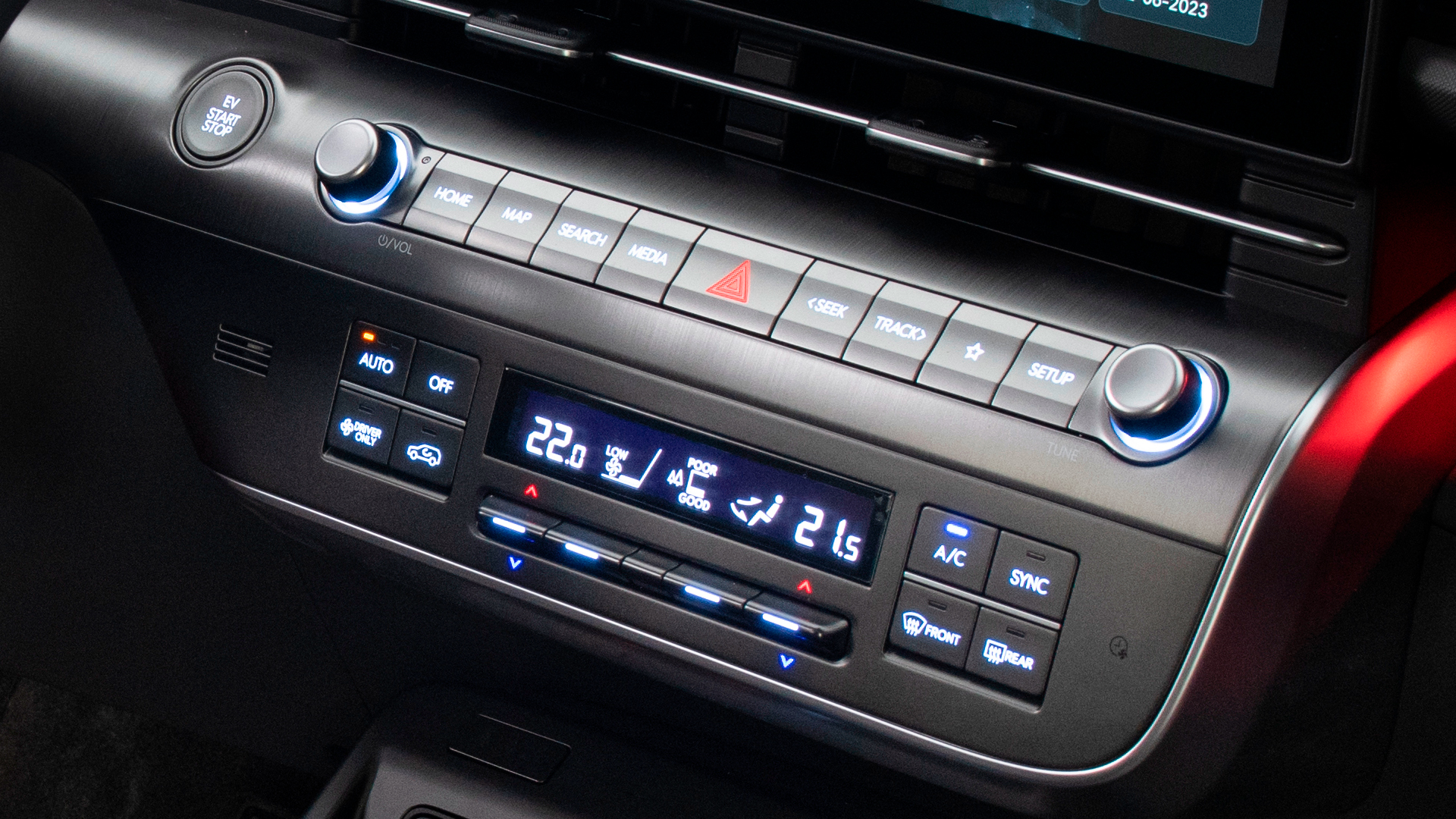

Touchscreens and touch controls took over the world of automotive interior design, as automakers aimed to build vehicles on the cutting edge of technology and trends. As it turns out though, sometimes the old ways are best. Hyundai certainly thinks so, as it has pledged to employ real physical buttons in products to come.
Sang Yup Lee, Hyundai’s head of design, reiterated the company’s commitment to buttons at the introduction of the new Hyundai Kona. As reported by CarsGuide, for the Korean automaker, it’s a decision rooted in safety concerns. “We have used the physical buttons quite significantly the last few years. For me, the safety-related buttons have to be a hard key,” said Lee.

It’s a design call that makes a lot of sense. In some modern vehicles, adjusting things like the volume or climate control settings can require diving into menus on a touch screen, or using your eyes to find a touch control on the dash. In comparison, the tactile feedback of real buttons, dials, and switches lets drivers keep their eyes on the road instead.
“When you’re driving, it’s hard to control it. This is why when it’s a hard key it’s easy to sense and feel it,” said Lee. As far as he is concerned, physical controls are a necessity for anything that could impact safety. Hence the physical buttons and dials for items like the HVAC system and volume control.
Lee hinted that while this is a priority for Hyundai today, things may change in future. In particular, the company will likely look at using touch controls more heavily when autonomous driving becomes mainstream. “When it comes to Level 4 autonomous driving, then we’ll have everything soft key,” said Lee.

Touchscreens and touch controls did offer certain enticements to automakers. They allow a great deal of functions to be controlled with a compact, changeable interface. A handful of touch controls and a touchscreen can also be cheaper and easier to implement than populating buttons all over the cabin. Plus, for a time, they were a sign that an automaker was moving with the times.
After the past decade, though, the people grow tired of such novelties. Touch controls are, by and large, less responsive and less practical than the simple buttons of yore. That’s before we even contemplate the frustration of having to dive into a menu system just to turn on a heated seat. Hyundai has clearly identified the old-school ethos best suits its own interiors, and it isn’t afraid to say so.
Got a tip? Let the author know: lewin@thedrive.com